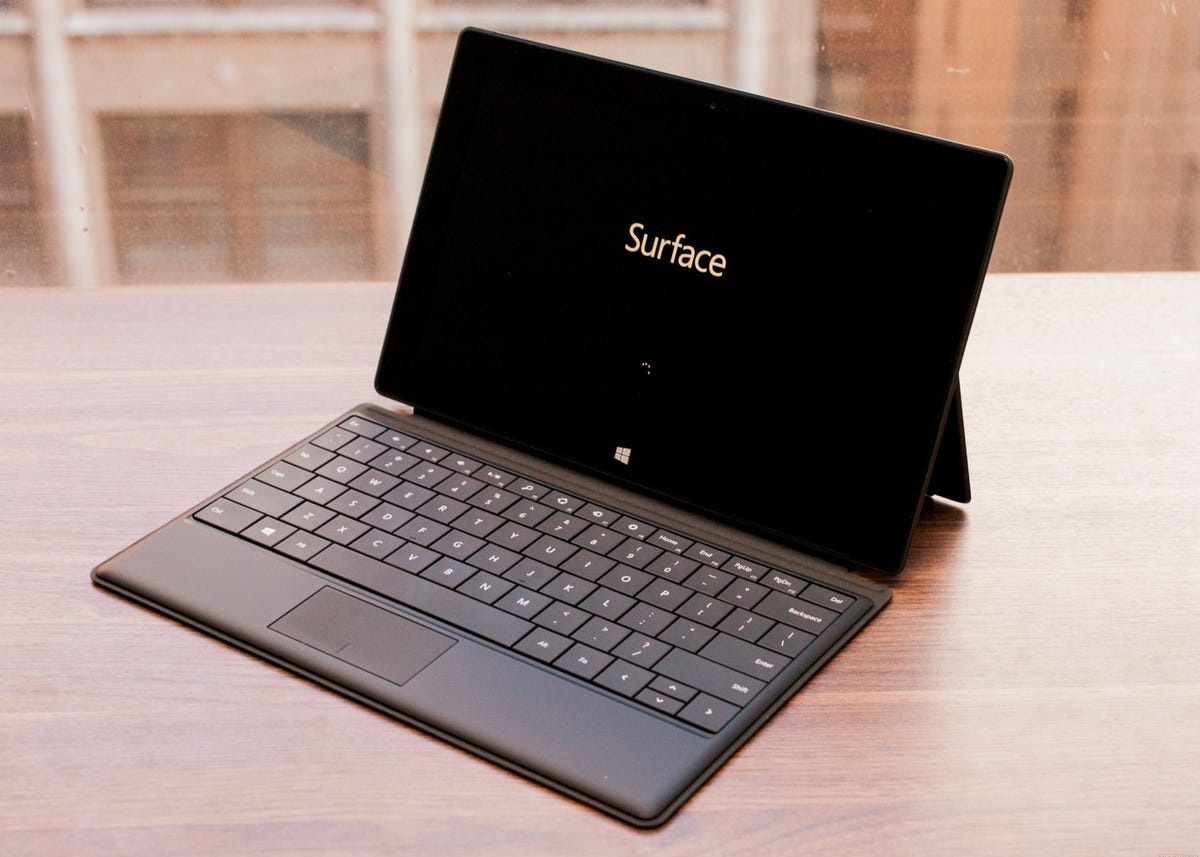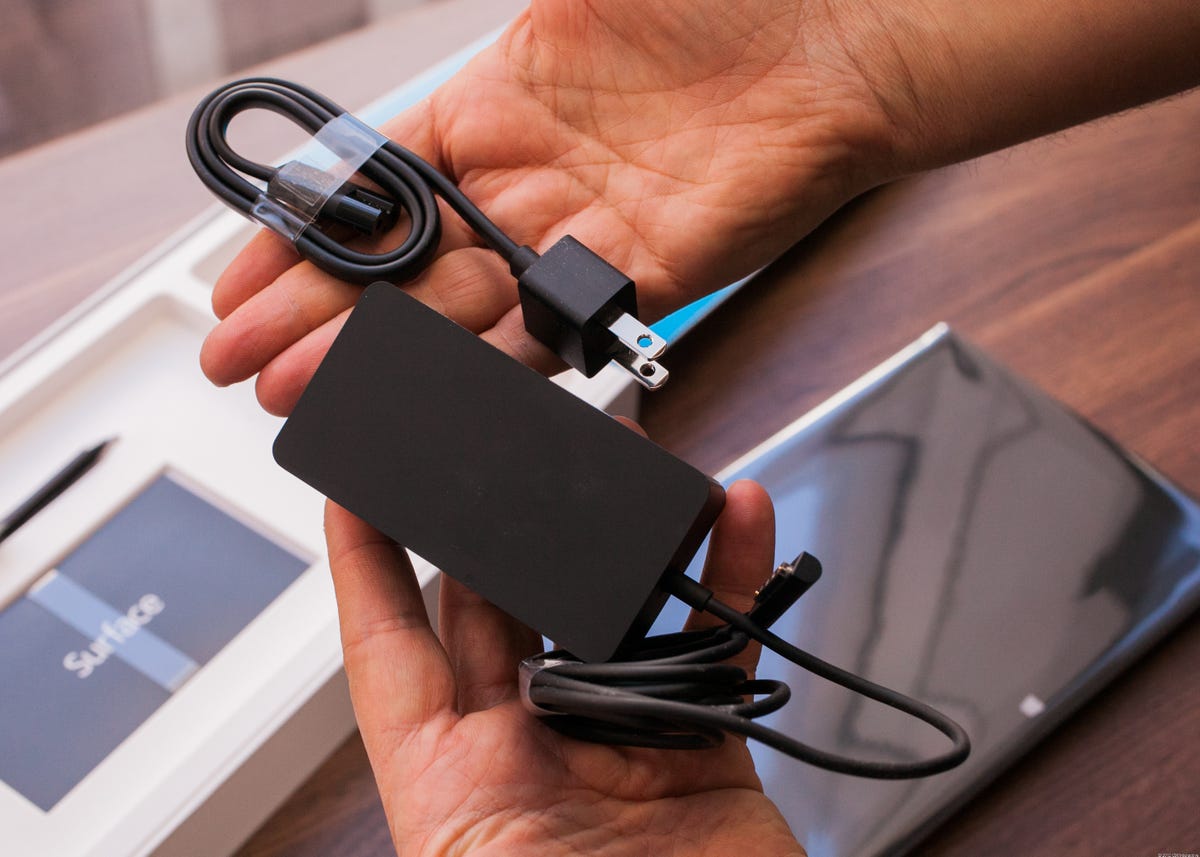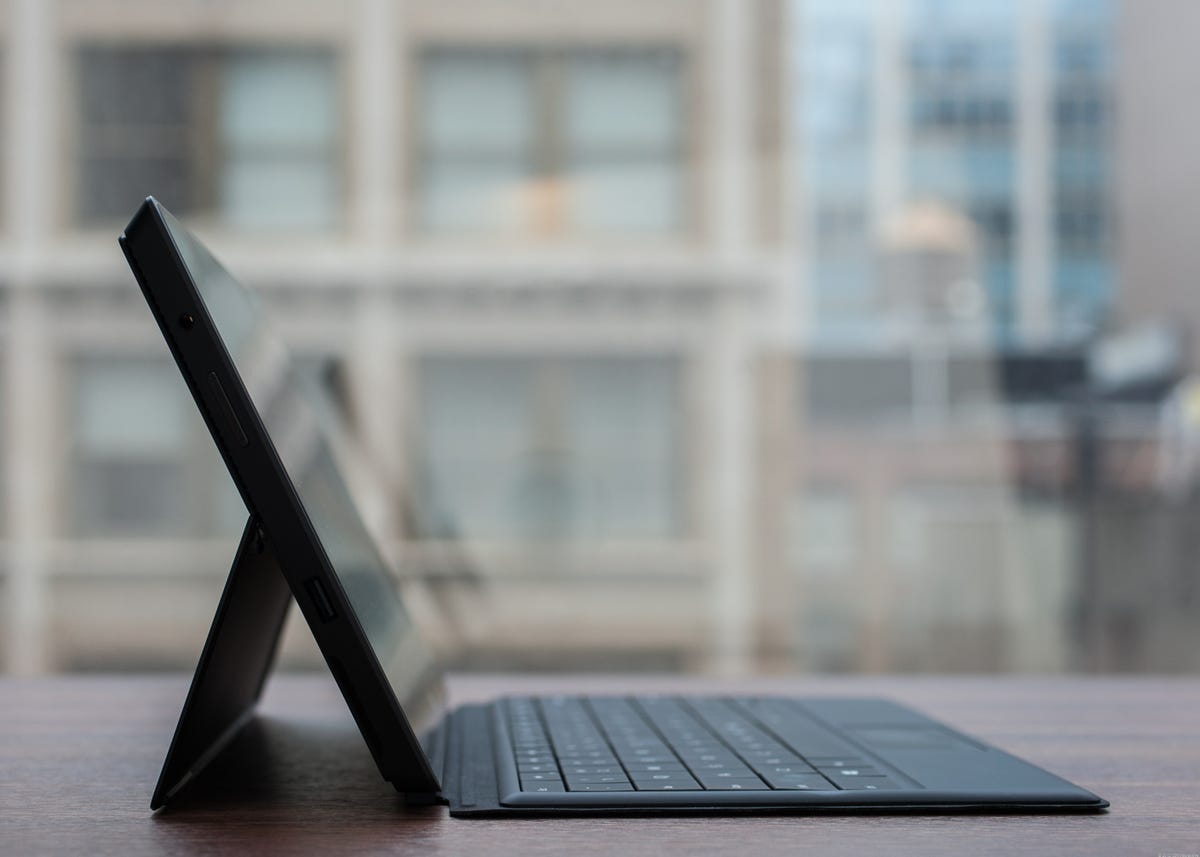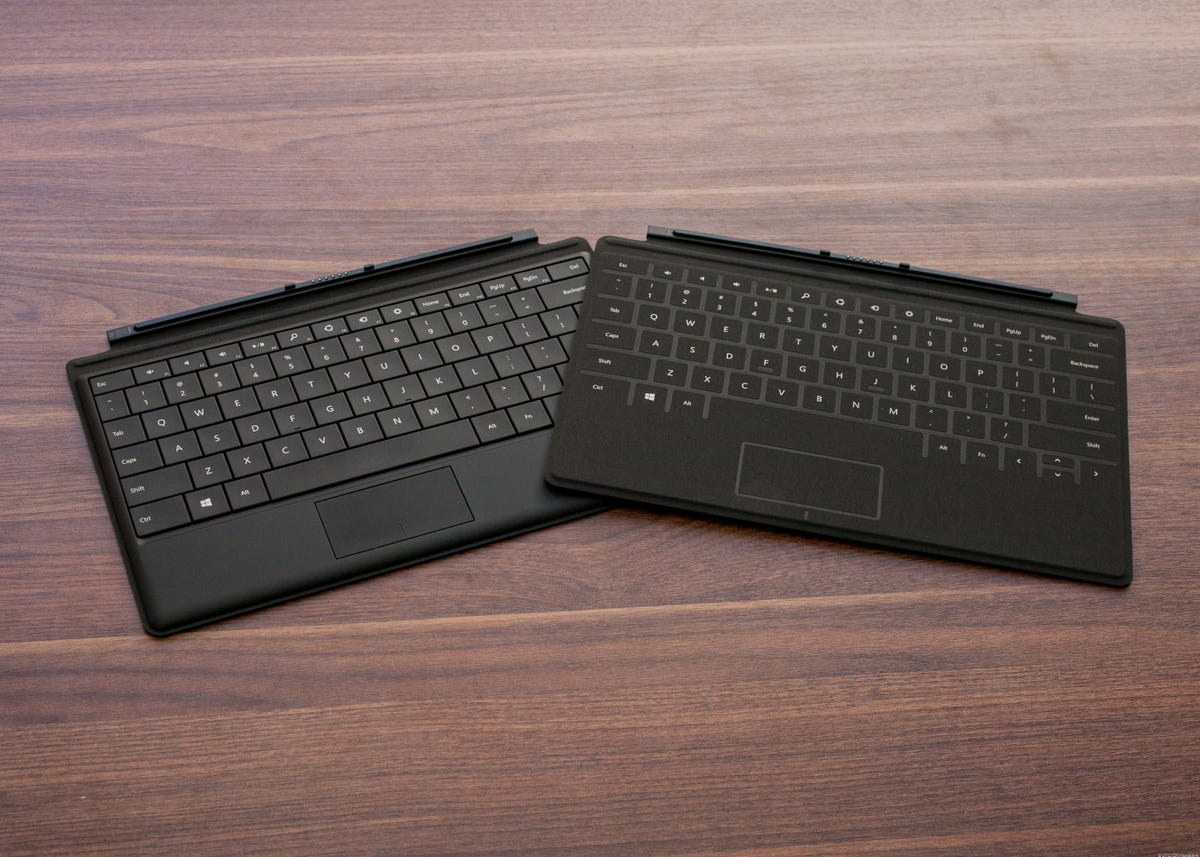
With the release of the Windows 8 Surface Pro, Microsoft has reclaimed some of the good will it lost with the Surface RT. Unlike the earlier Surface product, the Pro features the full version of Windows 8, uses a powerful Intel Core i5 CPU, and can install and run just about any software app that a standard laptop or desktop PC can.
But while it’s probably the single best example of a Windows tablet we’ve seen to date, it’s far from perfect. The modest battery life, high price, and lack of features all mean the Surface Pro is unlikely to be your main PC, or a serious challenge to popular tablets such as Apple’s iPad (although some will insist that’s an apples-to-oranges comparison).
Surface Pro: Microsoft tries to bridge PC and tablet (pictures)






Having used the Surface Pro, I’m happy to say that it’s one of those products that come off even better in person than on paper. The excellent keyboard cover is one of the best examples of a tablet keyboard I’ve ever tried — which makes it even more of a shame that it’s not included by default.
But the real test is going to come when Microsoft inevitably upgrades the system, taking into account user demands and the competitive landscape. To make the Surface Pro 2 even better, here is my list of features the next version of this tablet needs to have.


Longer battery life
At just about 4 hours on our battery drain test, the Surface Pro just can’t compete with the top performers in either tablets or laptops. Even many other Windows 8 tablets do much better, having switched to Intel’s Atom processors (although that involves its own set of trade-offs). In either case, the Surface Pro is not yet an all-day work/travel machine. Intel promises big gains in battery life for the next generation of its Core i-series CPUs, so this might be a problem that’s actually solvable.


A docking station
With very limited onboard ports and connections, a small screen, and limited battery life, the Surface Pro practically screams out for some kind of docking station. Imagine using the Surface Pro in tablet mode on the go, then returning to your office and plugging it into a ready-made dock setup, complete with a keyboard, mouse, and big-screen display ready to go.
Microsoft has already hinted that something like this is in the pipeline, but here’s a tip from your friendly neighborhood consumer products expert: don’t release a product and then tease and hint that a fix for one of the top complaints about it might be coming at some point in the future. Either have it ready on the first day, or come right out and tell your customers what’s coming and when.


A bundled keyboard cover
It’s as close to unanimous as any opinion I’ve seen lately — the coolest part of the Surface Pro is the excellent keyboard cover, which is thin and light, but manages to include real keys and a small touch pad. Unfortunately, if you go into a store and buy an off-the-shelf Surface Pro, the keyboard cover doesn’t even come in the box. After spending $899 to $999 on your Surface Pro, you need to add another $129 for the Type Cover (or you can save 10 bucks with the version that doesn’t have raised keys, the Touch Cover). It’s the most incomprehensible bundling decision since the original Xbox 360 shipped without Wi-Fi. For the Surface Pro, Microsoft should lead with its strengths and pack the keyboard cover in with the tablet.


A thinner, lighter body
By itself, the Surface Pro is 0.53 inch thick and weighs 2 pounds. That’s pretty small and light for a Core i5 PC, but the competition is not slacking in this department, either. The Surface RT, most Intel Atom Windows 8 tablets, and even the iPad, all are thinner and lighter. To be fair, they’re not running hardware that’s nearly as powerful, but the next-gen Surface Pro needs to find a way to slim down a bit.


A lower price and no 64GB model
The $899 starting price for the Surface Pro is a bit misleading. For that, you get the 64GB solid-state drive (SSD) model and no keyboard cover. Early adopters are already complaining that the hefty Windows 8 OS leaves little room for files on the 64GB version. Jumping up to 128GB, which is the standard for any SSD laptop, takes you to $999, and adding the keyboard is $129, so you end up (with a bit of rounding) at $1,129, which is a big step up from $899.
That’s still decent for an upscale ultrabook, but the Lenovo Yoga 13 can be found for $999, and a 13-inch MacBook Air starts at $1,199. To push what is essentially a new concept from a company not known as a PC hardware maker, Microsoft should seriously consider bringing the Surface Pro (and I mean the 128GB Surface Pro with the keyboard cover) in at a can’t-beat price.
The five features outlined above wouldn’t be easy and likely won’t be inexpensive to implement. But, if Microsoft works these changes into the Surface Pro version 2.0, it might go from being one of the best tablets around to one of the best overall PCs around.
What do you think the Surface Pro 2 needs? Let us know in the comments section below.




